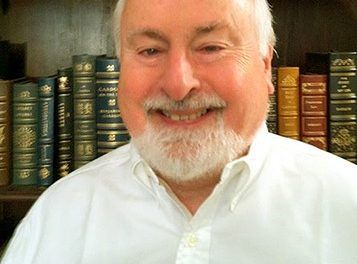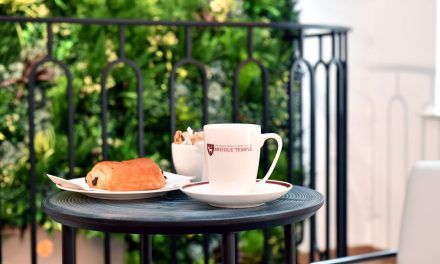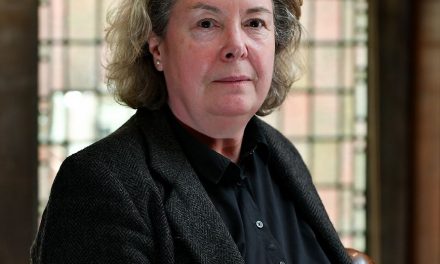In 2020, our project of Restoration & Renewal could get under way thanks to a most generous donation from the Julia and Hans Rausing Trust, given in honour of Mrs Rausing’s mother Lady Helen Delves Broughton, née Shore, Called to the Bar by Inner Temple in 1951 and for several years a tenant in Hailsham Chambers. It has been a delight to be back in touch with Lady Broughton.
The Church has now received a game-changing grant of £408,500 from the City of London Corporation’s Community Infrastructure Levy Neighbourhood Fund, which will take the project through all our consultations with the architects, statutory consultees and above all with the Inns, to the submission of our plans for planning permission. The Corporation’s grant will also cover the costs of 18 months’ fundraising for the building work itself and of three years’ outreach, to maximise the benefits which the project will bring within our reach. We are immensely grateful to the City of London Corporation for this pivotal support.
It is already clear that the coherence of the project as a single, articulated whole is attractive to the statutory consultees and to potential funders. We are now planning our fundraising campaign for the £7 million which will be needed if we are to complete all the project’s parts.
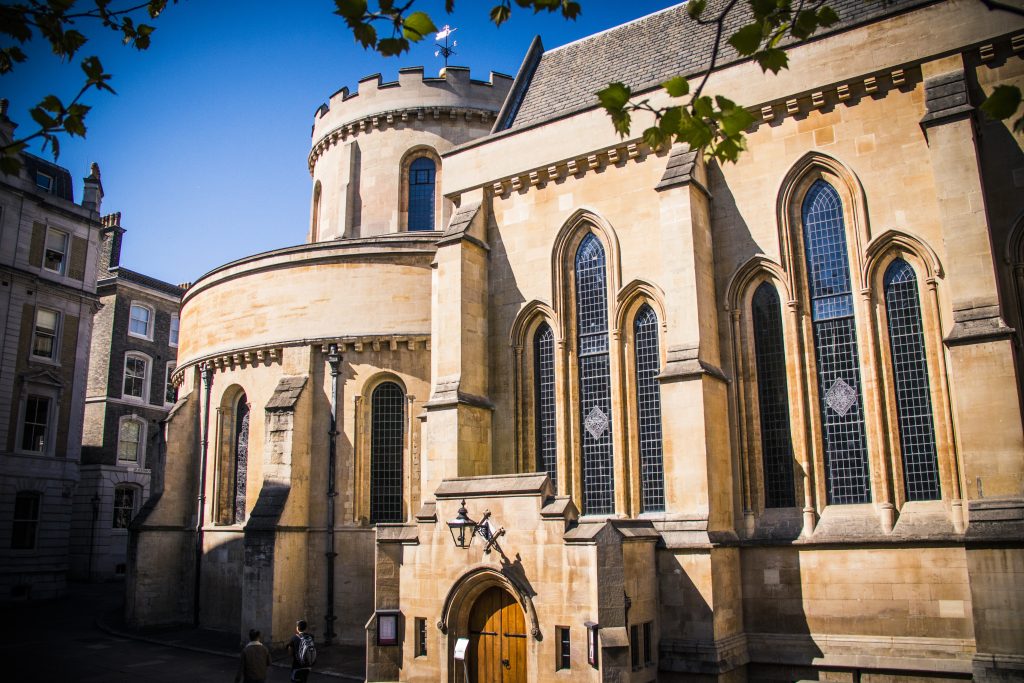
The Temple Church was last subject to major repairs in the 1950s. It had been badly damaged in the Blitz and was elegantly and austerely restored by Walter Godfrey. 70 years later, however, the Church is ill-equipped to fulfil its expanding role within the work and vision of the Inns. We are at work on a major program of Restoration & Renewal.
Since the 1950s, the roles of the Inns and of the Church have changed out of all recognition. The Church of course remains the Inns’ collegiate chapel: it is, in the phrase of a recent Treasurer, ‘the beating heart of the Inns’. Of all this year’s services for our community here, the Memorial on Wednesday 30 March 2022 for the Inns’ members who died during the pandemic was surely, for such a Church as ours, the most moving and fitting of all. The address, a reflection on so many lost friends by Master Christopher Clarke can be found in this year’s edition of the Middle Templar.
The Inns now want us to embody and promote the Inns’ public-benefit outreach to neighbouring boroughs and the Inns’ own service to jurists and to visitors from all over the world. We are already delighted to welcome to this wonderful building in the middle of London – and just yards from Fleet Street, in the middle of the Temple’s restorative, therapeutic calm – a large number and wide cross-section of London’s residents and workers and a rising proportion of those, from many jurisdictions, with a personal, professional, or potential interest in the Rule of Law.
The Church is a natural magnet for Londoners and visitors alike. It is an outward-facing link between the Inns and the wider world; it is the Temple’s one building that is reliably open to the public, Monday-Friday. It is an accessible symbol and centre of legal London, and of all its past and present connections, capacity, and character. The North American Friends of the Temple Church are already established, to publicise the Church and to raise funds among the American lawyers who highly value their connections with English law and our shared legal tradition. Our services for the USA’s Independence Day and Thanksgiving are now highlights in our calendar; and this year Canada Day entered our annual diary too. At our Independence Day Service on Friday 1 July 2022, Deborah Enix-Ross, now President of the American Bar Association, gave a sermon that was both prophetic and intensely personal. A transcript is available in this year’s edition of the Middle Templar.
We also know what further potential there is. Our ongoing Magna Carta Exhibition, with its principal loans from the House of Lords and the Victoria & Albert Museum, has now been seen by over 175,000 visitors. Visitor numbers are rising again and approaching their pre-pandemic levels. The audiences at our expanding programme of Temple Music Foundation concerts are enchanted by the building and its acoustics. Ever more delegations of international lawyers have the Church high on their lists of places to see.
We all recognise that Fleet Street has been greatly affected by the pandemic. The City of Westminster was already, before the lockdowns, redesigning the Aldwych; and through the City of London Corporation and the Business Improvement District (composed of local businesses) now being established, plans are being laid for the rejuvenation of the whole commercial and cultural mile from the Royal Courts of Justice up to St Paul’s (we are already watching the start of the Salisbury Square development, as I write). Set on the string of Wrenian pearls from St Mary-le-Strand up to the Cathedral, the medieval beauty of the Temple Church and the lovely architectural palimpsest of the whole Temple stand out. We look forward to working closely with the Corporation to ensure that the Church serves ever more of London’s workers, residents, and visitors, without ever breaking into the quiet and concentration of the Temple’s working day.
Restoration & Renewal
To equip the Church, then, for its expanding work over the coming century, we plan to modify the whole modern ‘envelope’ around the Church’s historic core: all the front-of-house and back-of-house facilities can be reconceived and radically improved, to make the Church as welcoming and lovely a place to visit as any in London. We are looking forward to two transformations: the West Doorway, with its view through the Round along the length of the Chancel, needs to become again the principal, all-year entrance to the Church for the congregations, audiences and visitors at the Church’s whole programme of services, concerts, events and exhibitions; and the present (confined and dilapidated) backstage facilities need to be radically redesigned and improved, with the choir-school relocated to a larger and more suitable space.
We are, thanks to the City of London Corporation’s grant, now starting the project’s RIBA Stage 3. This will take us through to our application for planning permission. The outline below is still subject to consultation with the statutory consultees – among them Historic England, the Corporation itself and London Diocese – and with the Inns. The Project Board is chaired by Master Christopher Clarke, who has known and loved the Church since his own wedding here 48 years ago. It is an honour to have HRH Master The Princess Royal of Inner Temple as the Royal Patron of the Friends of the Temple Church; and Master Sarah Mullally, Dean of the Chapels Royal and Bishop of London, as the Friends’ Ecclesiastical Patron.
All our needs have been recognised for some time. Two changes have brought into sharp focus the potential benefits of such a transformative plan.
First, the Great Norman Doorway itself, with its degraded and in places ‘illegible’ carvings, has seemed to be irreparably damaged. Nobody would propose the replacement of 12th Century stone, however badly worn it might be. Recent research into the stonework, however, has shown that all the well-preserved, crisply carved stones are 12th Century; and all the badly degraded stones are replacements, installed in 1842. (Four of the 12th Century stones removed in 1842 are now in the Victoria & Albert Museum. To everyone’s surprise, the ancient stones left in situ have survived the last 180 years almost as well as those protected in the V&A.) To re-beautify the Doorway now would be to do supremely well what was, with the best intentions, badly done in the 19th Century. There is now an extraordinary ‘toolkit’ of techniques – and there is still a cadre of craftsmen – with which to recover such carvings’ former glory. The Doorway is in its design as unified and coherent as an Old Master painting in the National Gallery and can be as beautifully and comprehensively repaired. Perhaps the nicest decision to be made will be the proper degree and kind of intervention, stone by stone, upon the 19th Century carvings. It is now possible to envisage the Doorway as once more the fittingly spectacular, uplifting entrance that it was designed to be to its own 12th Century rotunda, and so onwards into the 13th Century Chancel. Our brides and their fathers – and occasionally their mothers – will confirm what a wonderful view, along the length of the Church, it is!
Secondly, the Inns are now making available such musical and educational benefits as they offer to their boy-choristers to four similarly musical girls and young women too; and we have started a programme of musical outreach to primary schools in neighbouring boroughs. The success of both schemes makes clear that they must become part of our strategic vision for the future. Presently, the single-room ‘choir-school’ in a subterranean corridor is worse than inadequate. On weekdays the choristers already spill out into the Chancel itself in the very hours most precious for an evening’s concert rehearsals. The time has come to find a new home for the choir-school; the backstage facilities in the northern corridor can then be reconceived for visiting performers.
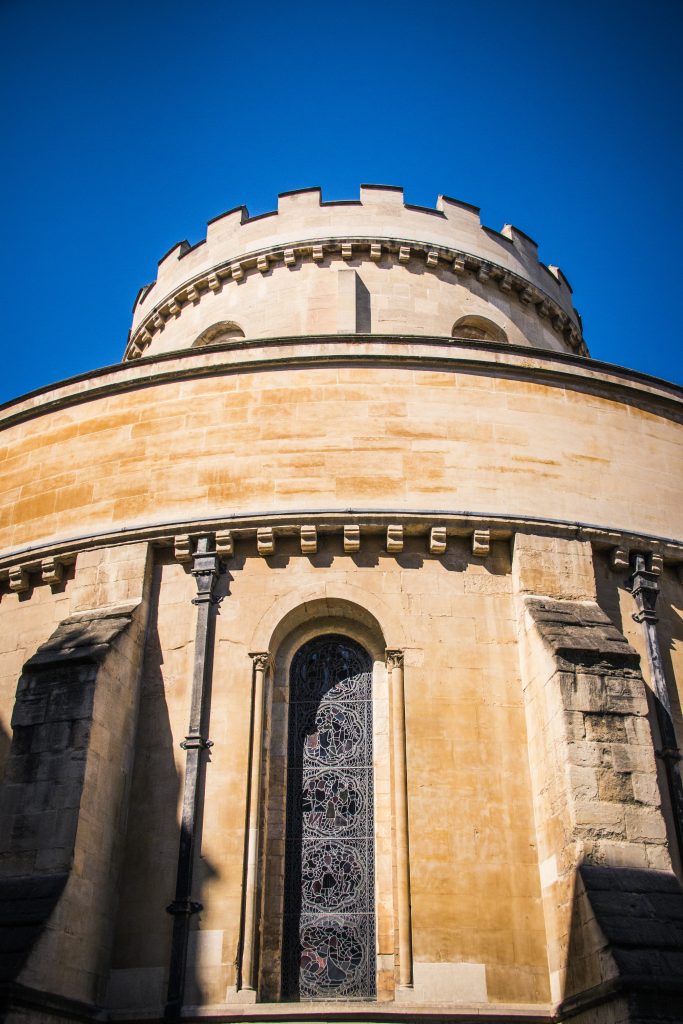
The solution lies in the three lovely, airy gables of the chancel’s post-war roof-space. The central gable of the roof can provide a soaring, inspiring place for the training of the choir’s gifted and talented children and young adults. There is space for an integrated suite of the Church’s offices, uniting all the Church’s work efficiently (and literally) under one roof and instantly enhancing the co-ordination between its different parts. A lift can give access in an external tower built on the north side of the present, post-war organ-chamber. The central gable can become in addition an entirely distinctive space for smaller meetings and round-table discussions less well suited to the Chancel below. Step-free access to the Triforium (the circular walkway over the Round’s ambulatory) can be gained from the Chancel’s roof-space. Every square inch of the Church can, at last, be fruitfully used.
With all these elements in place, the rest of the jigsaw is readily completed. A combined ramp and steps from Inner Temple Lane down to the Porch, making the West Doorway genuinely accessible to all, can echo and accentuate the curve of the Round’s exterior northern wall of 12th Century ragstone. The Porch can be glazed in to maintain a steady temperature and humidity, and so become a foyer and welcome area all the year round. A door can be inserted in the Chancel’s north wall, directly opposite the present south door, as an exit into the new educational centre and shop designed to extend the present vestries to the west; here we can engage visitors of all ages in the Church’s history and in our repair of the West Doorway (we expect to display – not to destroy – any 19th Century stones we remove). We are exploring the installation of the appropriate environmental technologies to make the Church net zero-carbon: ground source heat pumps; and solar panels on the south-facing roofs of the Chancel’s gables.
And at this point, we can look forward to a greatly expanded programme of events of all kinds for a greatly enhanced and far wider-reaching public benefit and for a steadily rising income to the Church.
It was from the Temple that, on Saturday 9 May 1215, King John issued the Fourth London Charter, granting to the City of London the right in perpetuity to elect its own Lord Mayor, on condition that on the day of taking office, the mayor presented himself to the King or his justiciar to swear fealty. 807 years later, the Lord Mayor’s Show still brings the Lord Mayor before the Lord Chief Justice. It is a great pleasure to be working so closely with the City of London Corporation on the restoration and renewal of this jewel in London’s crown.
HRH Master The Princess Royal of Inner Temple writes:
The Church is now launching its appeal project, Restoration & Renewal. Over the coming years, the former glory of the Norman Doorway will be renewed, the access to the Church enhanced and the Church’s provision for congregations, performers and visitors transformed. The Church will be well equipped to service the Inns themselves, London and the whole Common Law world for the coming century.
King James I entrusted the Church and its care to Inner and Middle Temple in 1608 by Royal Charter. All through the succeeding centuries, the Inns have maintained the Church on the Sovereign’s behalf, and in 2008 Her Majesty The Queen confirmed and renewed the Charter. I am glad to be the Royal Patron of the Friends of the Temple Church. I look forward to seeing the project completed, and to the Church continuing to be interconnected with the Inns and their ideals and their promotion world-wide of the Rule of Law.
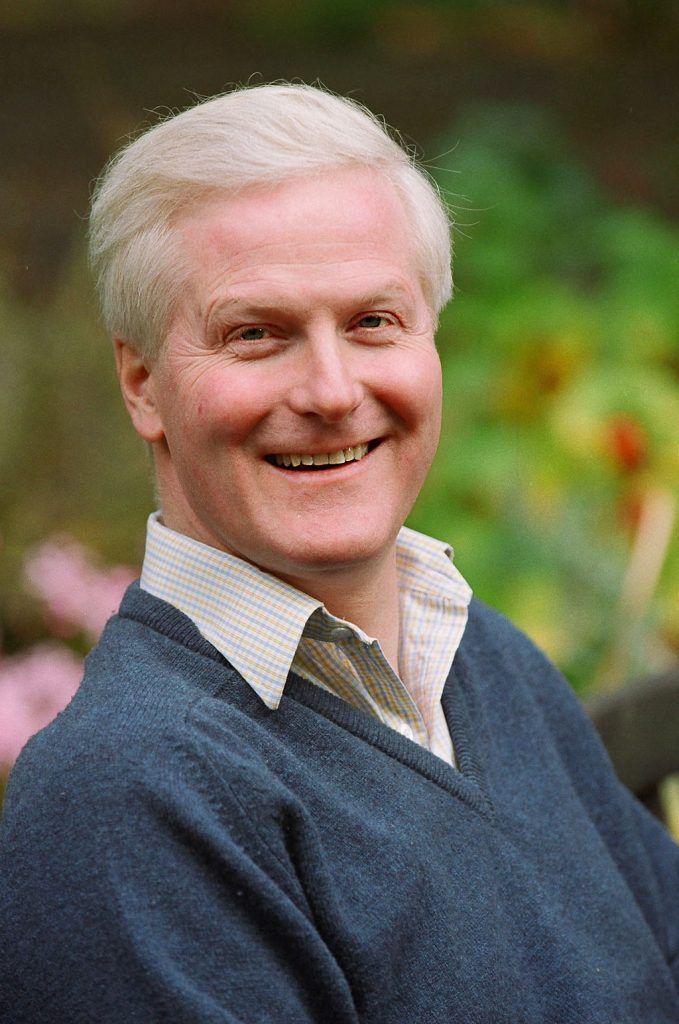
Master Robin Griffith-Jones has been the Reverend and Valiant Master of the Temple since 1999. He has co-authored and co-edited two books on the history and significance of the Temple Church in collaboration with The Courtauld Institute of Art: The Temple Church: History, Architecture, Art (Boydell, 2012) and Tomb & Temple: Re-presenting the Sacred Buildings of Jerusalem (Boydell, 2018). He is also Reader in New Testament Studies at King’s College London.


